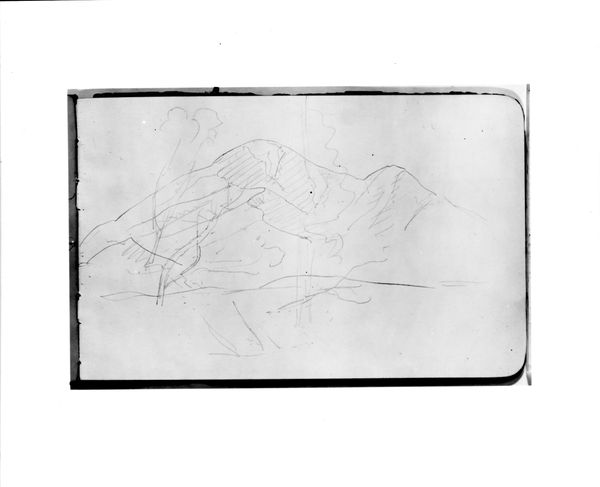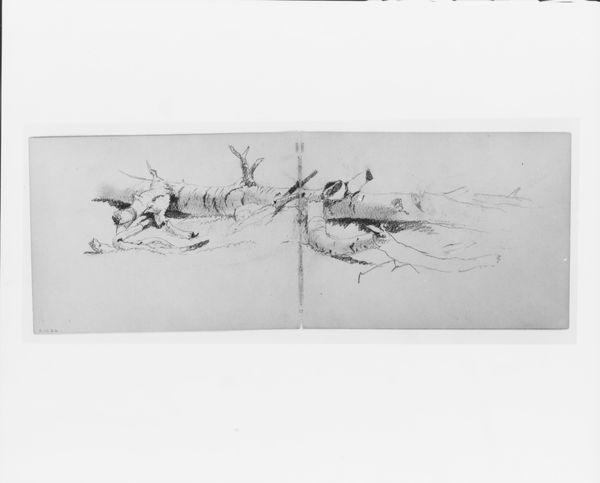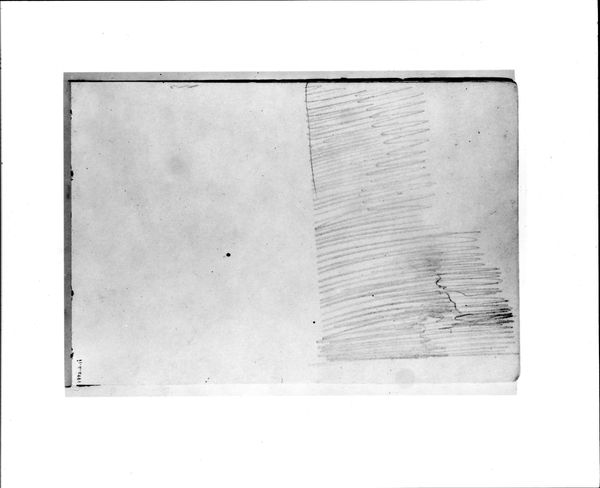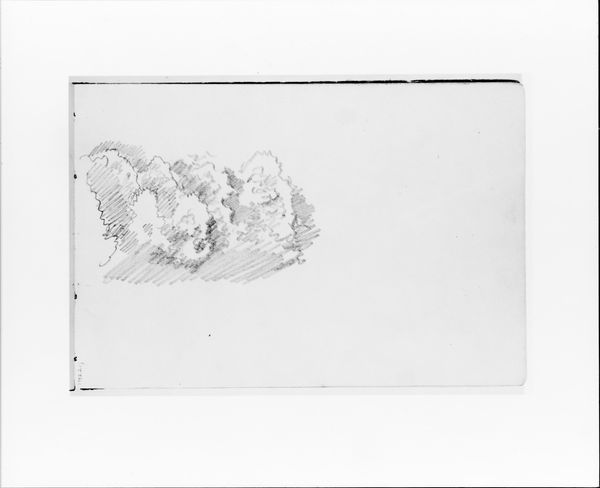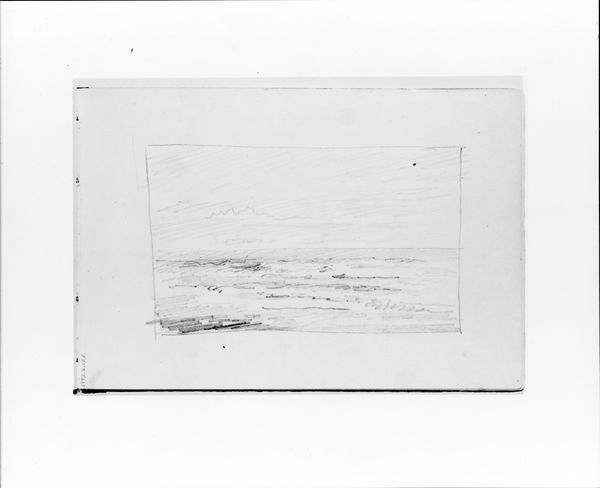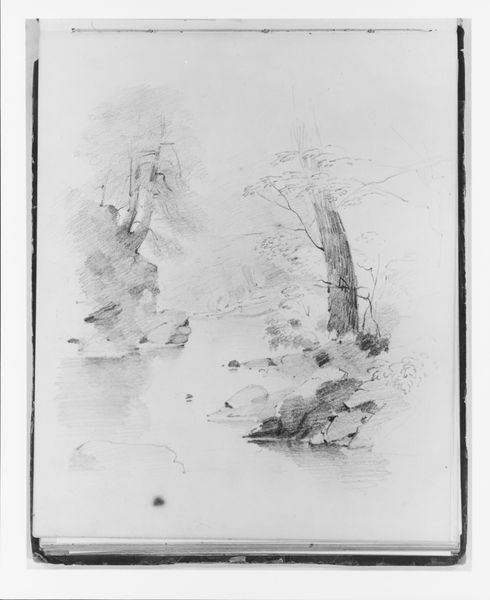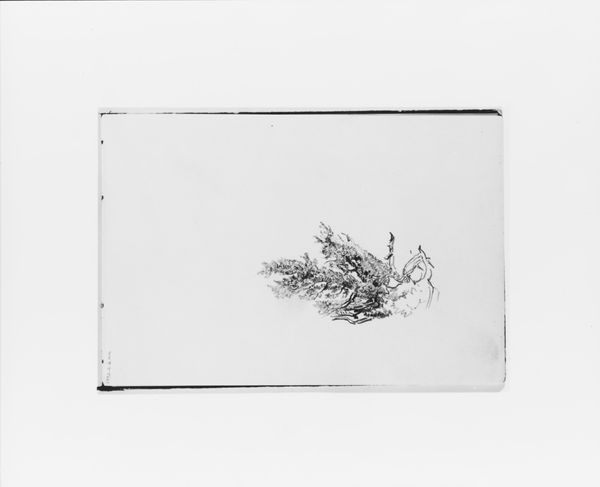![Mountain View [Catskills?] (from Sketchbook) by Thomas Hewes Hinckley](/_next/image?url=https%3A%2F%2Fd2w8kbdekdi1gv.cloudfront.net%2FeyJidWNrZXQiOiAiYXJ0ZXJhLWltYWdlcy1idWNrZXQiLCAia2V5IjogImFydHdvcmtzLzZjOTJiZjMwLTM0MTItNDcxMC1hNjYzLWFjMGIzN2QzYWNjMi82YzkyYmYzMC0zNDEyLTQ3MTAtYTY2My1hYzBiMzdkM2FjYzJfZnVsbC5qcGciLCAiZWRpdHMiOiB7InJlc2l6ZSI6IHsid2lkdGgiOiAxOTIwLCAiaGVpZ2h0IjogMTkyMCwgImZpdCI6ICJpbnNpZGUifX19&w=3840&q=75)
Mountain View [Catskills?] (from Sketchbook) 1857 - 1867
0:00
0:00
drawing, pencil, graphite
#
drawing
#
pencil sketch
#
landscape
#
charcoal drawing
#
mountain
#
pencil
#
hudson-river-school
#
graphite
#
charcoal
Dimensions: 9 3/4 x 13 7/8 in. (24.8 x 35.2 cm)
Copyright: Public Domain
Thomas Hewes Hinckley made this sketch of a mountain, possibly in the Catskills, using graphite on paper. The wispy lines and smudges show the inherent qualities of graphite. Its softness allows it to leave marks on the paper with very little pressure, making it perfect for quick studies like this one. Hinckley most likely used a graphite stick or pencil to quickly capture the scene, with a reductive approach, using an eraser to create lighter tones and suggest clouds or mist. Looking at this sketch, it’s important to remember the context in which it was made. During the 19th century, artists often traveled to rural areas like the Catskills in search of inspiration, and a direct connection with nature. Sketches like this were the product of leisure time, a pursuit made possible by industrialization and the rise of a wealthy middle class. Hinckley’s choice of materials reflects this social context. Graphite and paper were readily available and relatively inexpensive, and the skills needed to use them were accessible to anyone with the means to learn. In this way, even a simple sketch can tell us a lot about the relationship between art, labor, and social class.
Comments
No comments
Be the first to comment and join the conversation on the ultimate creative platform.
